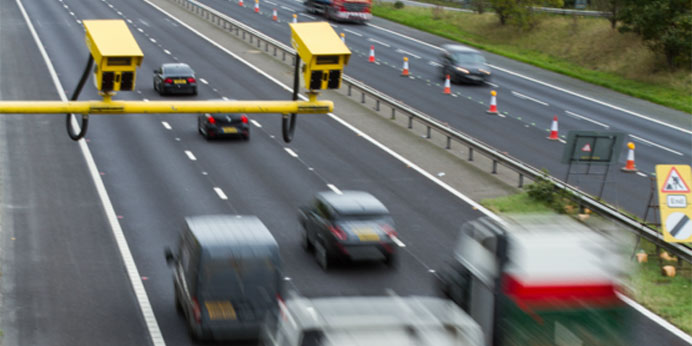The data behind Road Safety
Speedcameras
|
The data behind Road Safety |
|
 |
Britain and Romania are at opposite geographical edges of the European Union. They are also at the farthest ends from each other in road safety. European Commission figures released earlier this year show British roads were the EU’s safest, with just 28 deaths per one million people, while Romania was the most dangerous, with a fatality rate of 96.
|
This is just some of the data that the European road safety experts are poring over as they work on their goal of reaching zero fatalities on its roads by 2050. Relatively speaking Europe is doing well, with 49 fatalities per million inhabitants annually, while the global average is 174 fatalities.
This is just some of the data that the European road safety experts are poring over as they work on their goal of reaching zero fatalities on its roads by 2050. Relatively speaking Europe is doing well, with 49 fatalities per million inhabitants annually, while the global average is 174 fatalities. The EU’s road safety fatality figure in 2018 was around 25,100, which is less than half the number from 2003. However, the rate is slowing: between 2001 and 2010, the number of EU road deaths decreased by 43%, and between 2010 and 2018 by another 21%. It fell just 1% in 2018, and was 4% down over the last five years.
The raw death rate numbers only tell part of the story. Others include how fast each country brings them down. In this case, Ireland is top of the class, lowering them by 31% since 2010 – and earning special praise from the European Transport Safety Council in June.
This ties in with the global Vision Zero road traffic safety project that aims to build a system with no fatalities or serious injuries by 2050. It will feed into the third Global Ministerial Conference on Road Safety in Stockholm, on February 19-20, 2020, which marks the end of the UN Decade of Action for Road Safety 2011–2020.
So what is the EU doing to help make roads safer?
On June 19, the European Commission published its Road Safety Policy Framework for the 2021 to 2030 period, looking at data collection and key performance indicators (KPIs) for road safety. The publication, a non-binding Commission ‘staff working document’, follows the May 2018 package of new road safety legislation that included new vehicle and infrastructure safety standards.
The Road Safety Policy Framework includes indicators like vehicle safety, seat belt wearing rate, speed compliance, protective equipment, drink driving, distractions (percentage of drivers using cellphones), infrastructure and post-crash care (time elapsed between an emergency call and the arrival of emergency services).
A Safe System
The Commission describes it as a living document that will be developed further over time, with its first data gathered next year. These are all related to what it calls a ‘Safe System’: ensuring safe vehicles, safe infrastructure, safe road use (speed, sober driving, wearing safety belts and helmets) and better post-crash care.
The Framework says the EU should be ready to confront new trends, such as the growing phenomenon of distraction by mobile devices. New technologies like automation and connectivity should reduce accidents. Car and bicycle sharing schemes, new forms of personal mobility like electric scooters, and the increased shift to cycling and walking, will also change the dynamics of road safety.
The EU is also mandating some safety technologies, like speed-control systems known as Intelligent Speed Assistance (ISA). The automotive industry is playing its part too, investing much of its annual €54 billion R&D budget in making vehicles even safer with innovations like pre-tensioned seatbelts, airbags and energy-absorbing crumple zones.
All this helps. As Europe works to make roads safer, it will take lots of different actions – and better data collection is one of them.
(Source: ETF)

